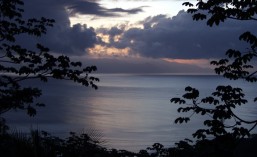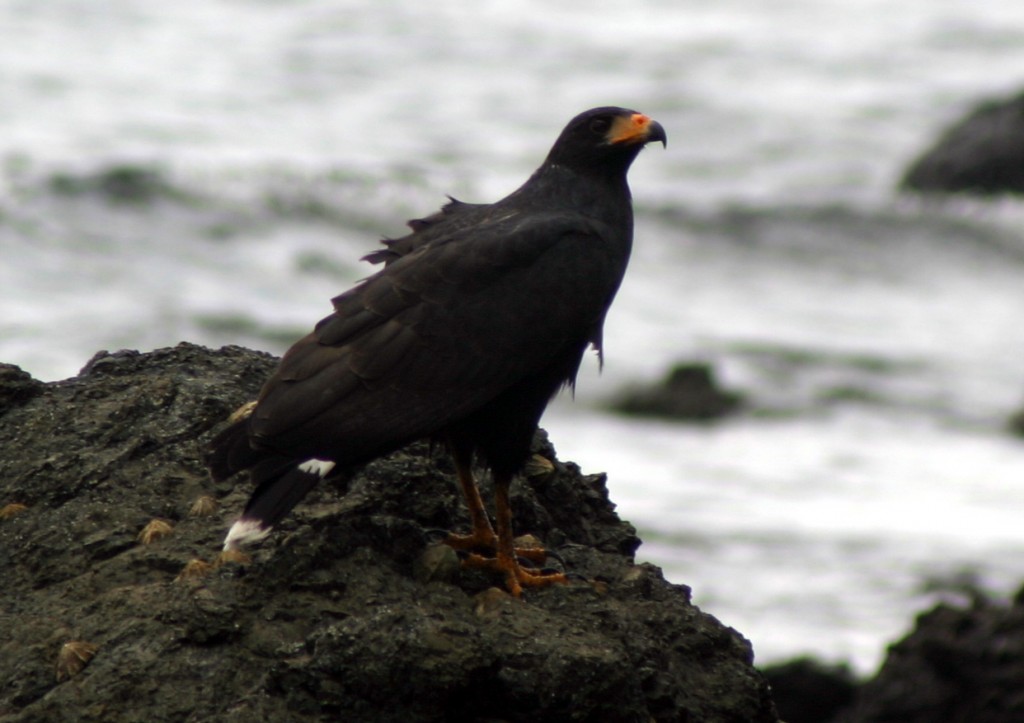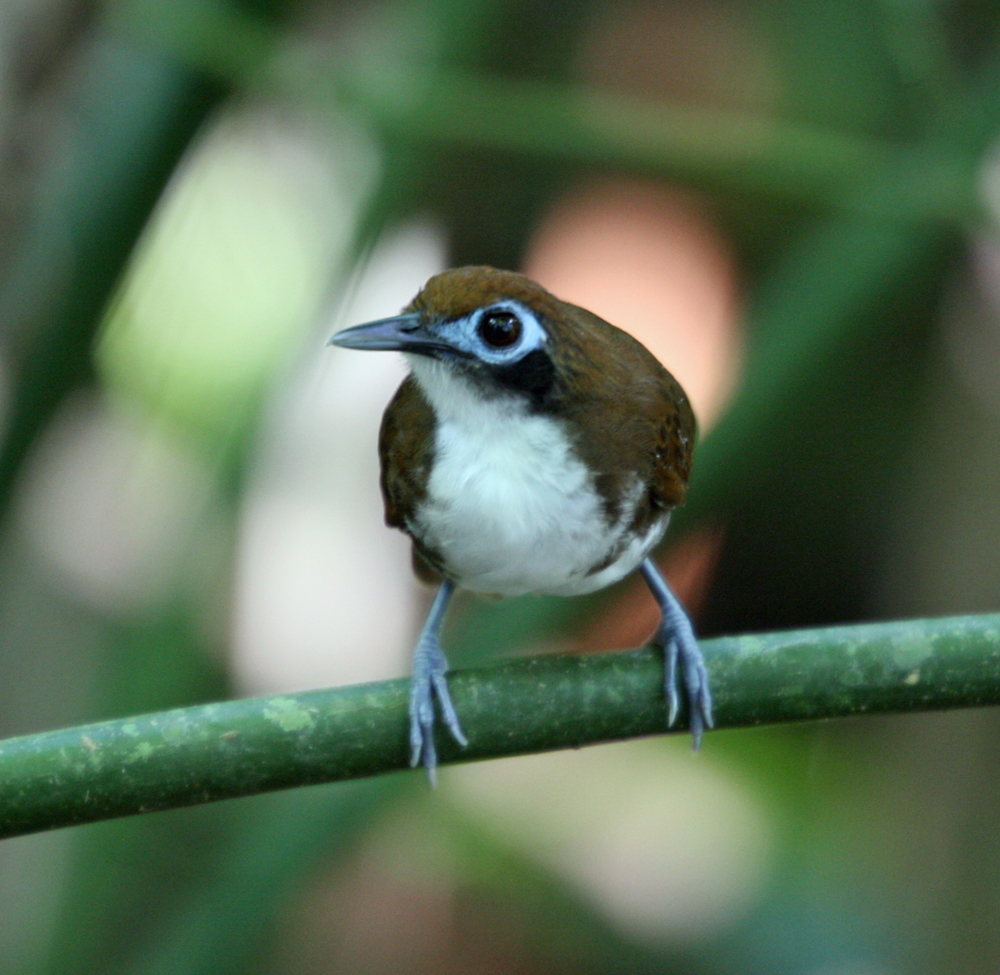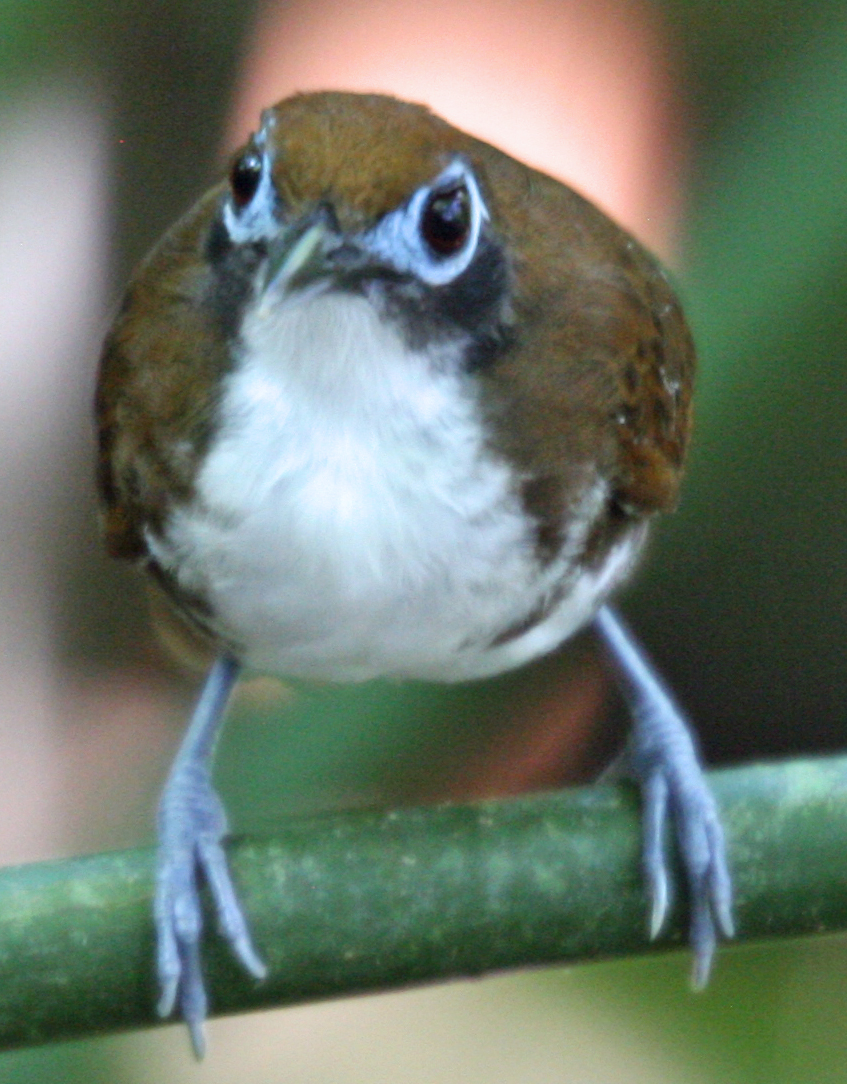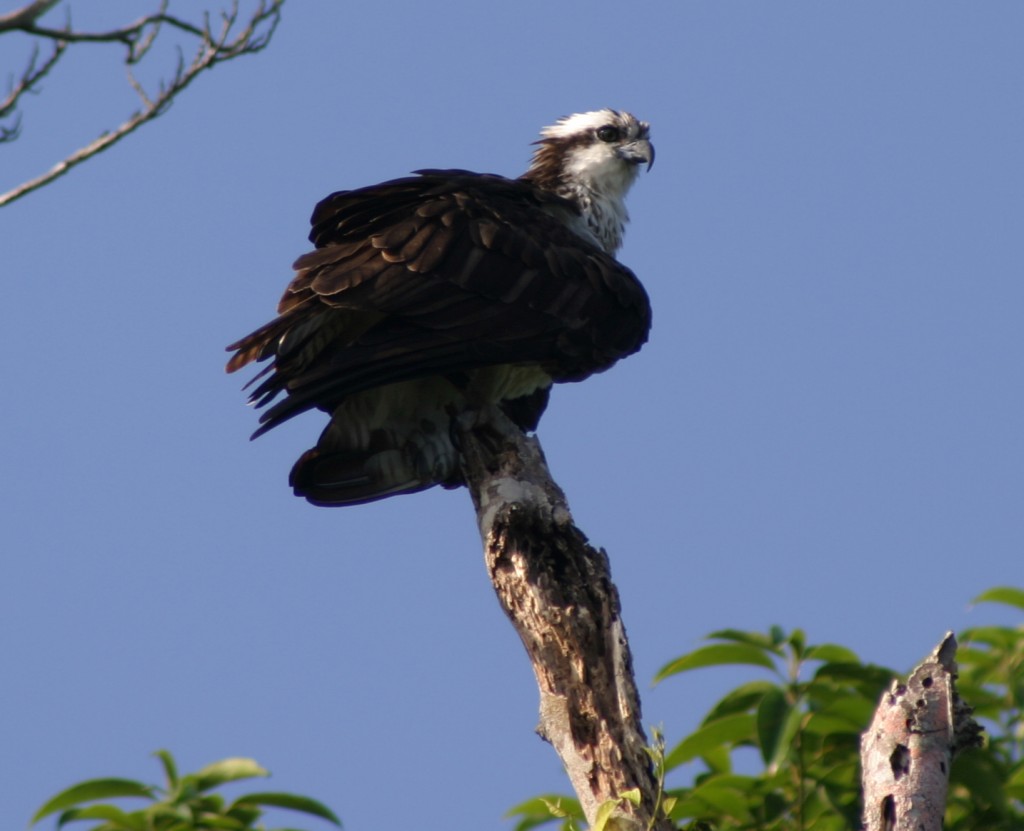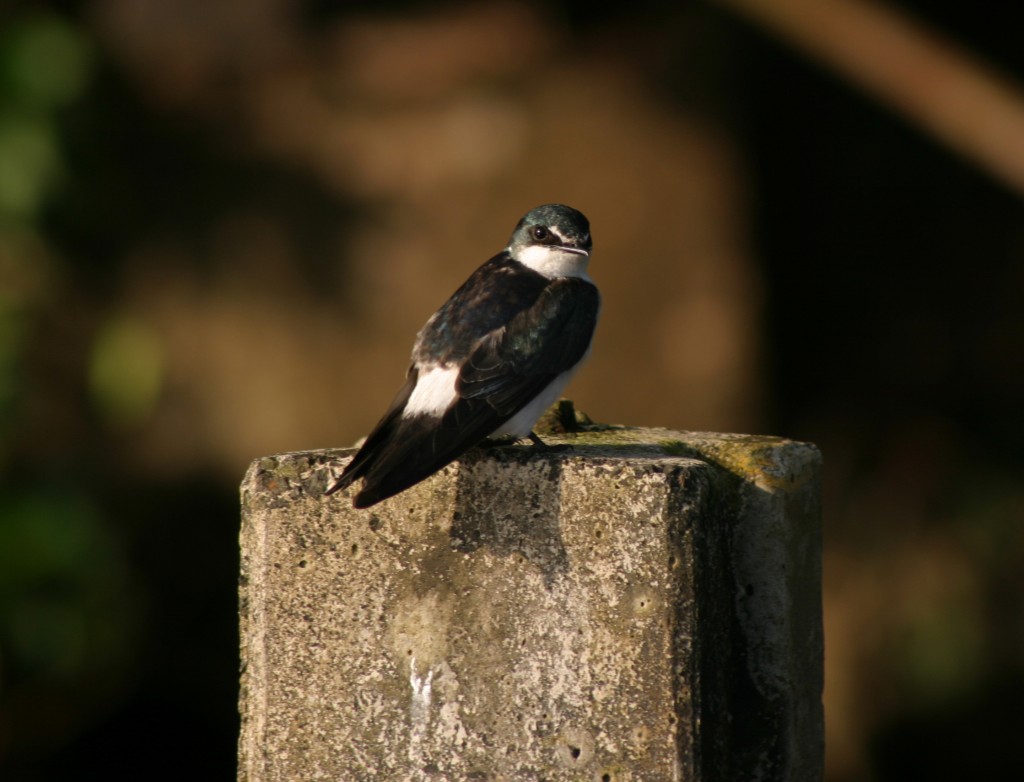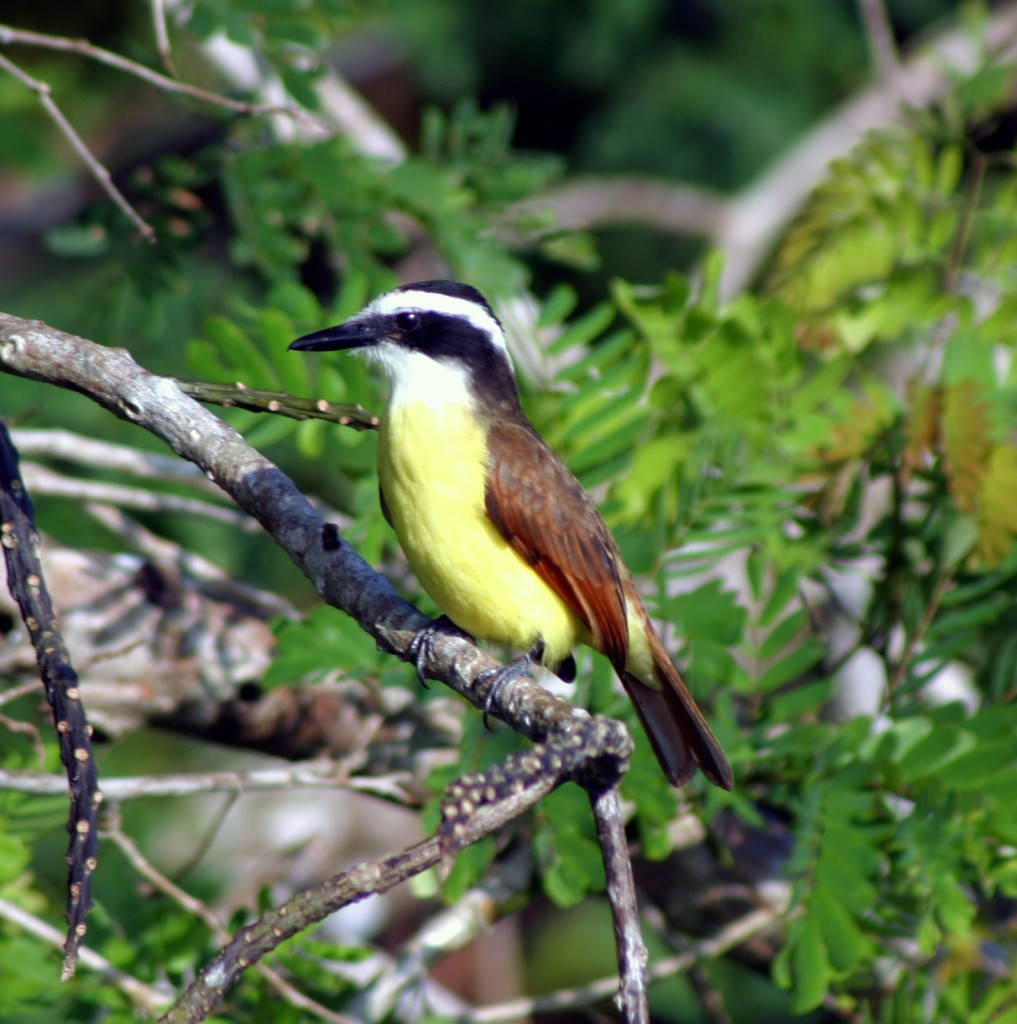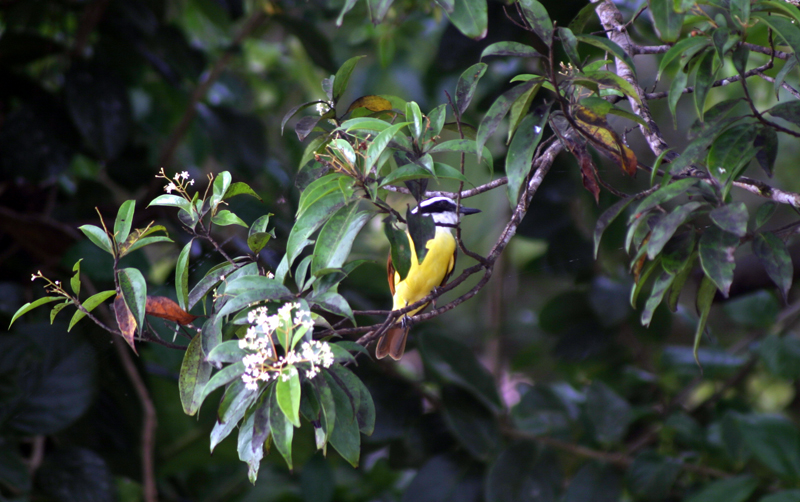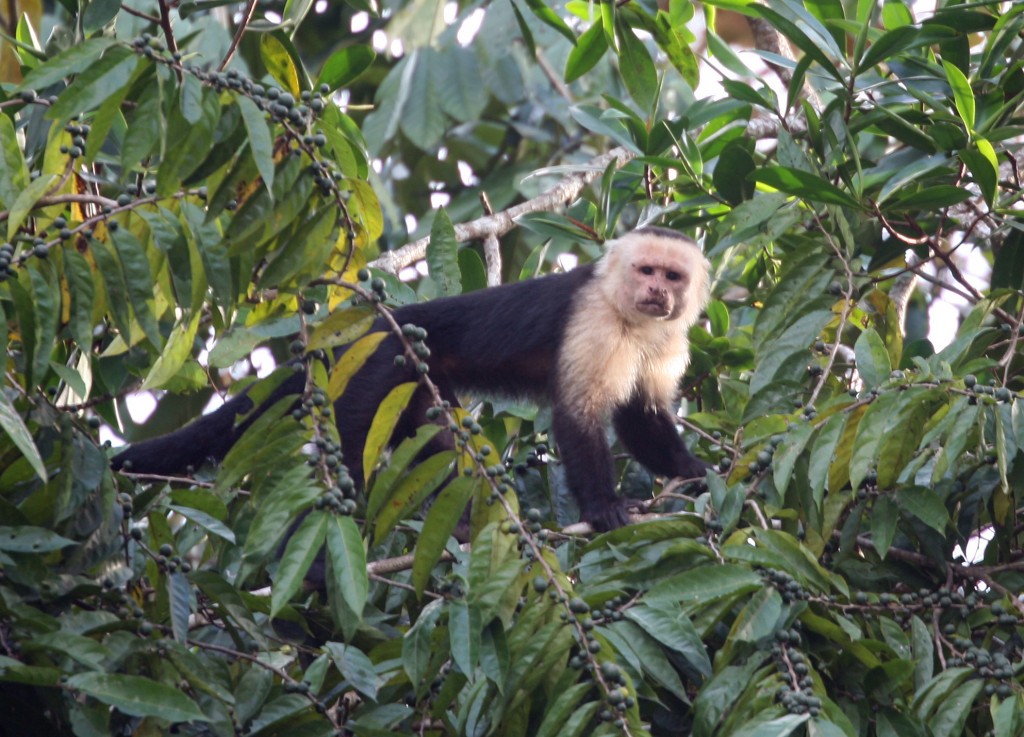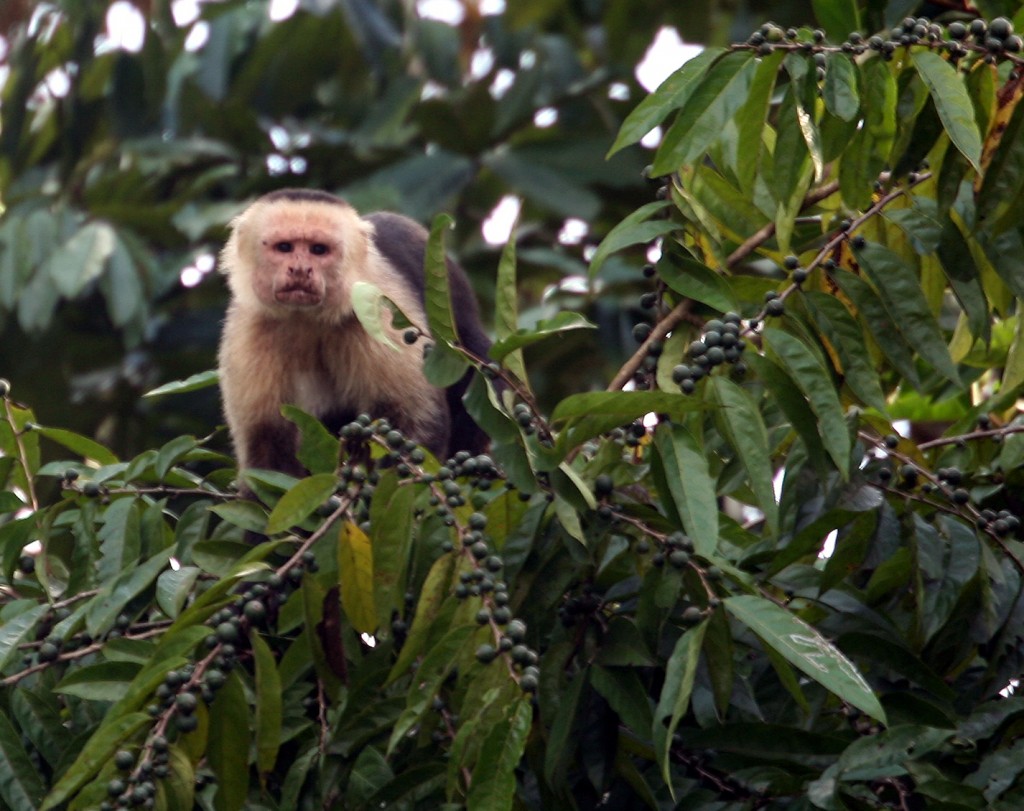Before I started writing this post, I didn’t realize that there are two types of Black-Hawks in Costa Rica that look just like the bird in this picture: the Common Black-Hawk (Buteogallus anthracinus) and the Mangrove Black-Hawk (Buteogallus subtilis). According to one of my bird books, Common Black-Hawks live along the Caribbean coast, while Mangrove Black-Hawks live along the Pacific, especially to the south. The two species may be conspecific, meaning they’re really the same bird. Perhaps time and a little science will tell. I commonly see these large raptors on the Osa Peninsula, where I snapped this photograph during a hike.
All media is copyright costaricawildlife.net, 2013.
